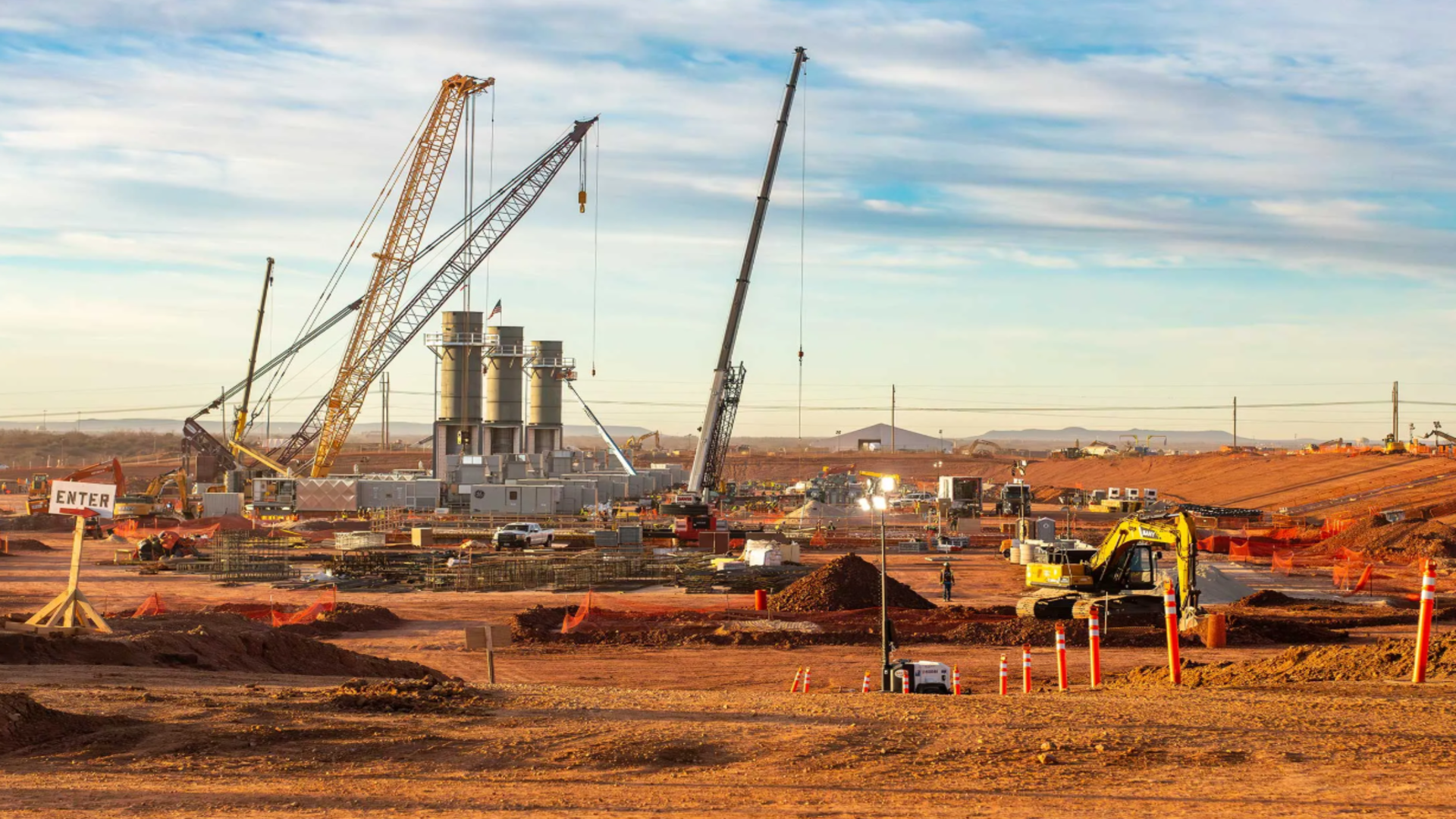
- OpenAI chose Narvik for its low-cost hydropower, skipping traditional European data hubs entirely
- Stargate Norway project will use 100,000 Nvidia GPUs in a massive, renewable-powered setup
- $1 billion data center promises 520MW capacity and state-of-the-art direct-to-chip cooling systems
OpenAI’s European ambitions have taken a surprising turn with the launch of its Project Stargate in Northern Norway.
Instead of traditional tech hubs like Germany, France, or the UK, OpenAI has chosen Narvik, a remote but energy-rich location, to host what could become one of Europe’s largest AI infrastructure facilities.
The site, part of OpenAI’s “OpenAI for Countries” initiative, aims to deliver massive compute resources powered by 100,000 NVIDIA GPUs by the end of 2026.
A billion-dollar joint venture with deep industrial roots
Stargate Norway is a joint venture between AI infrastructure firm Nscale and Norwegian industrial heavyweight Aker, both of whom have committed substantial funding to its development.
“Announcing Stargate Norway and delivering one of the first European AI Gigafactory to market is a strategic milestone for the region and boosts its role in the global AI landscape,” said Josh Payne, CEO of Nscale.
The initial 20MW phase alone is backed by roughly $1 billion investment, with long-term plans to scale capacity to 520MW.
The site will rely entirely on renewable energy and feature advanced cooling systems, including closed-loop, direct-to-chip liquid cooling, with excess heat reportedly reused to support local low-carbon projects.
The rationale for choosing Narvik over more central locations appears rooted in cost and resource availability.
The region offers low electricity prices, abundant hydropower, and a naturally cool climate.
“Norway has a proud history of turning clean, renewable energy into industrial value, powering global industries like aluminium and fertilizer… Northern Norway, with its surplus of clean energy, available capacity, and industrial readiness, is the ideal launchpad for this transformation,” said Øyvind Eriksen, President & CEO of Aker.
Narvik’s relatively underutilized transmission capacity also makes it viable for heavy compute loads, something many traditional European data hubs struggle to accommodate.
OpenAI is positioning itself as the initial consumer of the compute power, but surplus capacity is expected to be distributed across the UK, Nordic countries, and Northern Europe.
From a hardware perspective, the planned installation of 100,000 NVIDIA GPUs positions Stargate Norway as a serious contender in high-performance computing.
That kind of scale will require robust CPU support and a data center optimized not only for GPU-intensive workloads but also for fast CPU handling and storage throughput.
“Europe needs more compute to realize the full potential of AI for all Europeans — from developers and researchers to startups and scientists — and we want to help make that happen,” said Sam Altman, CEO of OpenAI.
As data centers evolve into strategic assets, the decision to place one of the world’s largest AI compute facilities in Narvik marks a bold shift, one that could reshape the geographic balance of AI development in Europe.
